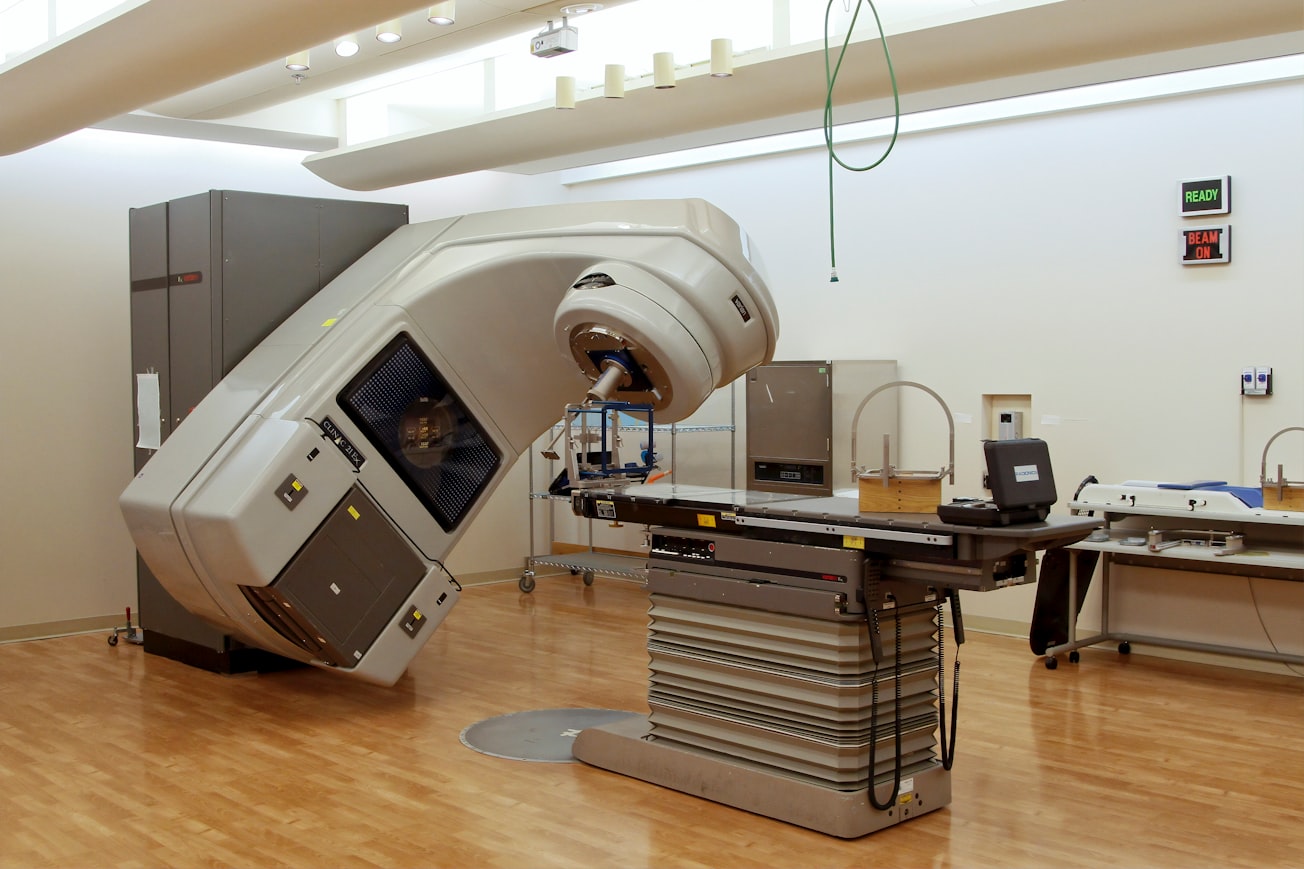What is it about?
There are no studies with large number of patients to our knowledge that estimate treatment results in patients treated exclusively with IMRT/VMAT. We assess and report clinical outcomes after carotid-sparing intensity modulated radiotherapy for early-stage laryngeal cancer. 201 patients with early stage glottic laryngeal cancer treated with carotid sparing IMRT /VMAT techniques in 6 Turkish Radiation Oncology Society centers were analyzed retrospectively. After a median follow up of 31 months the actuarial 1-and 3-year local and locoregional control rates were 99.4% and 94.7%, 98.4% and 93%, respectively. T classification, anterior commissure involvement, IMRT technique and type of fractionation were not found to be prognostic for local control. Overall, 8 patients had lost their organ function due to recurrence or toxicity. Grade 3 and 4 acute laryngeal edema was seen in 8 (4%) and 1 (0.5%) of patients, respectively. Grade 3 and 4 late laryngeal edema developed in 2 (1%) and 1 patient (0.5%), respectively. In line with these data oncologic outcomes of patients treated with carotid sparing IMRT were excellent; comparable with historical series, with acceptable side effects. Longer follow up is needed to estimate long term effect on stroke.
Featured Image

Photo by National Cancer Institute on Unsplash
Why is it important?
Carotid sparing IMRT is the treatment method that has been widely used in the treatment of early stage glottic larynx cancer in recent years. With this method, it is aimed to reduce the risk of stroke and other cerebrovascular events, which are common complications in old radiotherapy series. Despite the concern that treatment efficacy may decrease while reducing this risk, our study data suggest that this method can be used safely and effectively treat early-stage glottic cancers.
Perspectives
I think that the study will make an important contribution to the literature. I believe that the addition of long-term treatment results and cerebrovascular complications data will be more decisive in the choice of treatment method.
Beyhan Ceylaner Bicakci
Kartal Dr. Lutfi Kirdar City Hospital
Read the Original
This page is a summary of: Outcomes of carotid sparing intensity‐modulated radiotherapy for early stage glottic cancer in 201 patients: Multicenter study of Turkish Radiation Oncology Society/
TROD
‐01‐007, Head & Neck, May 2022, Wiley,
DOI: 10.1002/hed.27101.
You can read the full text:
Contributors
The following have contributed to this page







